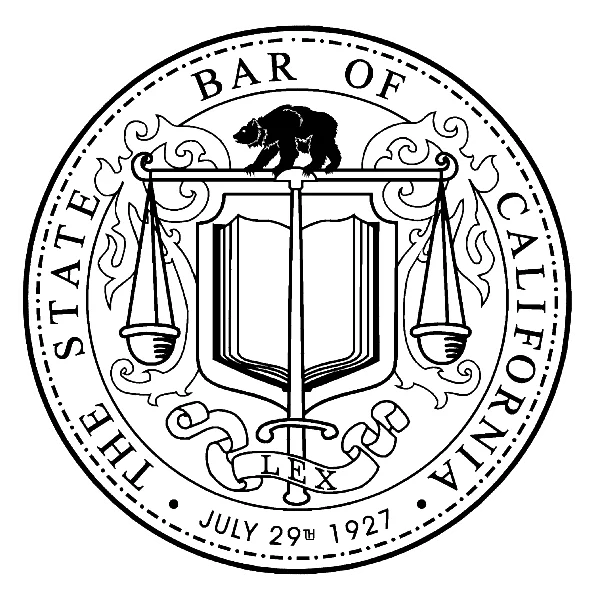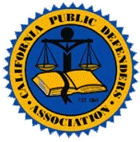The protection of American citizens against sex crimes began in 1996, but the Wetterling Act only required states to implement offender registries. In 2006, a new federal law, the Adam Walsh Child Protection and Safety Act of 2006 imposed stiffer regulations on states’ sex offender registry requirements. These new regulations called for not only a system of registration, but added notification provisions and a three-tiered classification structure as well. It also included the implementation of a single national search site and instructs each state and territory to apply identical criteria for posting offender data on the internet.
Classification
There are three tiers of classification for sexual offenses implemented and utilized by the National Sex Offender Public Registry (NSOPR) The most severe, Level III, includes crimes that are punishable by more than one year in prison and is limited to sexual abuse, whether deemed aggravated or not, abusive sexual contact against a minor under 13 years old, and kidnapping unless the perpetrator is a parent or guardian. Convicted Level III sex offenders are required to register for life. Juvenile registration is limited to 25 years as long as the actor maintains a clean record.Level II registrants have been convicted of committing crimes against a minor and are comparable or more severe than other federal crimes. Anyone convicted for the attempt or conspiracy to commit such crimes is required to register for 25 years. The least severe, Level I sex offenses include specified federal, military, and crimes against minors. Registration is required for 15 years, but this may be reduced to 10 years with a clean record. Experienced criminal defense attorneys are often well-educated in the area of classification and will do their best to have an arrestee’s charges reduced or vacated in order to ensure appropriate adjudication of their client’s case.
Registration
Federal law has mandated a series of requirements on where and when a sex offender must register. While much of the information is normally provided by the registrant, there is some information that must be acquired by jurisdictional authorities. This is meant to ensure a complete and accurate identification of convicts and their whereabouts. The information will names and aliases, social security numbers and any other possible forms of identification. The registrant’s physical and email addresses, telephone numbers, employment status, school attendance, and vehicles are all necessary for complete registration. Any travel and immigration documents are used by officials when they need to locate and apprehend registrants who attempt to leave the United States after committing new sexual offenses or registration violations. The registrant’s internet use can also be monitored to ensure that they are not going to any websites that are not allowed to be visited as a registrant, this includes any pornography websites, even legal pornography websites are banned from being visited whilst on the register.
Notification
Referred to as sex offender registries, notification provisions apply to all sex offenders. They are required to register with their local law enforcement or corrections agency upon release or relocation. Designated law enforcement and sex offender registration officials must be notified at least five calendar days prior to the release of inmates who have been convicted of certain sexual offenses. However, this system of notification is not required for juvenile offenders unless the minor was tried as an adult. Notification laws call for the dissemination of sex offender information by law enforcement. This may extend to prior victims, neighbors, schools, and youth organizations. The FBI maintains a website with links to all state sex offender registry sites. State jurisdictions are free to engage in community-wide notification via social media, news outlets, and community meetings.
The implementation of the Adam Walsh Act standardized information sharing between jurisdictions. More recent federal laws have imposed stiffer regulations on jurisdictions and offenders in regards to registration and notification. The introduction of the three-tiered classification system was aimed at dividing the most severe sexually-based crimes from lesser violations.








